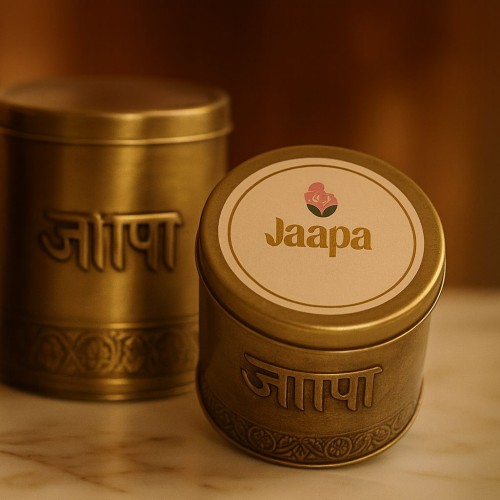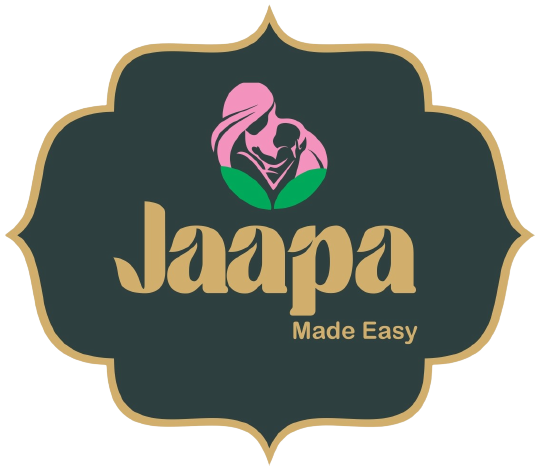In ancient India, childbirth was not just a medical event—it was a spiritual, social, and nutritional milestone. The 45-day postpartum ritual, known as "Jaapa," was a sacred window of seclusion and healing. During this time, a new mother was nourished with warmth, love, and wisdom passed down from generations.
But in today's urban landscape, the support of elder women and traditional healers is rare. Hospital stays last 2–3 days. Most women return to work within weeks. Somewhere between IV drips and vitamin tablets, the sanctity of postpartum healing is lost.
Yet the biological truth remains unchanged—postpartum is a state of vata aggravation, blood loss, fatigue, and vulnerability. The uterus is contracting, bones are readjusting, hormones are fluctuating. This is not a time to “bounce back,” but a time to restore.
The 45-day recovery period gives the mother a protected window to build ojas (vitality). Through dosha-balancing meals, body massages, warmth therapy, and rest, the body is slowly rewoven.
JAAPA revives this ritual, not just in sentiment but in structure. Each formulation—whether Dashmool Laddoo or Piplamool Makhana—serves a specific purpose in this 6-week protocol. It’s a return to science rooted in rhythm.
Mothers don’t need guilt. They need restoration. Not weight loss programs, but womb-care rituals. And that’s why the 45-day jaapa must return—not as nostalgia, but as necessity.

